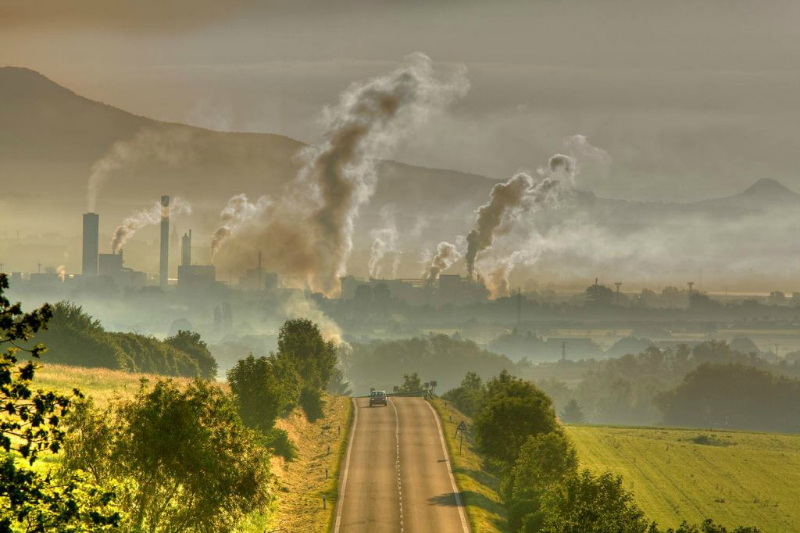Kerby Anderson
Professor Mike Van Biezen begins his article on global warming with these three words: “It made sense.” He is talking about the original charts most of us saw years ago. The amount of CO2 was increasing and so was global temperature.
When I was in graduate school, I looked at those graphs and made the natural assumption that CO2 was causing the earth’s temperature to rise. The correlation seemed too obvious to ignore. Only years later did it occur to me that it might have been the other way around. In other words, as the Earth’s temperature increases, CO2 increases because the ocean waters release more CO2.
Professor Van Biezen began to rethink his assumptions when he noted that from 1940 to 1980, temperatures actually declined a bit while CO2 concentrations were dramatically increasing. It is true that the global average temperature has increased slightly since the 1980s, but not to the degree one would expect if CO2 from human activity were the primary cause.
He and other scientists have pulled together many scientific facts that question that assumption that CO2 and human activity are causing global warming. Temperature records from around the world and from satellite data do not support the assumption that temperatures are rising rapidly.
They also point to many periods prior to our recent history when we had warmer climates that could not have been caused by human activity since they preceded the industrial revolution. The Medieval warming period and the climate during Roman times are just a few examples. Parts of the Netherlands disappeared under water during such warming periods only to appear later when the climate turned colder. A city in Belgium that used to be a seaport is now ten miles away from the coastline.
All of this points to the fact that climate has indeed been changing, and human activity may not be as responsible as some environmentalists would have you believe.
 Listen Online
Listen Online Watch Online
Watch Online Find a Station in Your Area
Find a Station in Your Area










 Listen Now
Listen Now Watch Online
Watch Online
